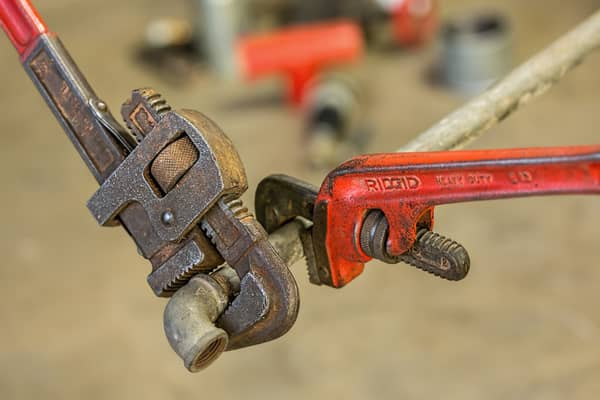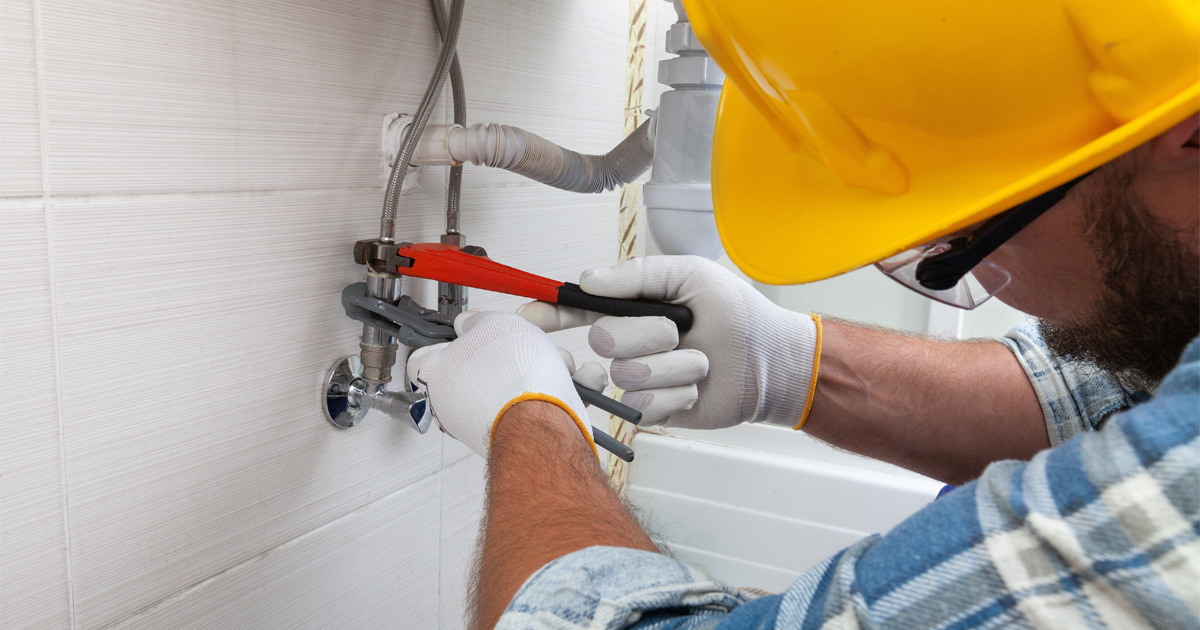Listed here in the next paragraphs you can discover lots of decent answers regarding What to Know About Plumbing: Basics, Tips, and Insights.

Plumbing is an important facet of any home, in charge of supplying tidy water for alcohol consumption, cooking, and showering, as well as removing wastewater securely. Recognizing the fundamentals of home plumbing is crucial for each home owner to ensure appropriate upkeep, troubleshooting, and, if necessary, repair work. In this newbie's overview, we'll cover the fundamental ideas of home plumbing to aid you become much more acquainted with just how it functions.
Water Heating System
The water heater is in charge of home heating water for domestic use, including bathing, food preparation, and cleaning. Usual types of hot water heater consist of tank-type hot water heater, tankless (on-demand) water heaters, and heatpump hot water heater. The hot water heater is attached to the water system and provides hot water to plumbing fixtures as required.
Water drainage System
The water drainage system removes wastewater from your home and carries it away to a sewer therapy center or septic tank. It consists of a network of pipelines, fittings, and fixtures that transport wastewater from plumbing components to the major sewage system line or septic system. Correct water drainage is vital to protect against clogs, backups, and sewer leakages.
Air flow System
The air flow system helps maintain proper air pressure and prevent sewer gases from entering your home. Vent pipelines, likewise referred to as vent stacks, prolong from plumbing fixtures to the roofing system, allowing sewer gases to run away securely outside. Ventilation pipelines additionally enable air to get in the water drainage system, assisting in smooth wastewater flow and preventing suction or vacuum cleaner results.
Supply Of Water System
The supply of water system brings tidy water right into your home from a municipal water resource or a personal well. It consists of a major water line that links to your home's plumbing system, typically situated underground. A water meter determines the amount of water eaten, while a shut-off valve enables you to control the circulation of water into your home.
Plumbing Components
Plumbing fixtures are devices that supply water to various parts of your home and consist of sinks, faucets, commodes, showers, bath tubs, and home appliances such as dishwashing machines and cleaning devices. Each component is linked to the water supply system by means of pipes and installations and might have its shut-off valve for maintenance or emergency situations.
Typical Plumbing Devices
Having the right tools accessible is vital for performing fundamental plumbing repairs and maintenance tasks. Common plumbing devices consist of adjustable wrenches, monkey wrench, pliers, pipe cutters, hacksaws, bettors, augers (or drain serpents), and Teflon tape. Having these devices readily offered can aid you take on minor plumbing problems successfully.
Basic Plumbing Fixings
While some plumbing repair work might require expert aid, many typical concerns can be addressed with basic do it yourself techniques. Knowing how to deal with a dripping faucet, unblock a drain, change a toilet flapper, or repair a trickling showerhead can save you money and time on plumbing fixings.
Verdict
Recognizing the basics of home plumbing is vital for every single house owner to keep a safe, functional, and efficient plumbing system. By familiarizing yourself with the water system system, plumbing fixtures, drainage system, ventilation system, usual plumbing tools, and basic repairs, you can confidently deal with minor plumbing problems and ensure your home's plumbing system operates smoothly.
Understanding Basics of Home Plumbing System: A Beginner's Guide
The Main Components of Your Home Plumbing System
The Water Supply System
This system is responsible for transporting fresh water into your home. It usually has a main water line that splits into two branches: one directed towards cold water services and the other connected to a water heater for hot water. The pressure is key here; it ensures water reaches all parts of your house.
The Drainage System
Once water has been used, it becomes wastewater that needs to be removed from your home. This is where the drainage system comes into play. It includes all the pipes that carry wastewater and sewage away from your house to sewage treatment facilities or septic tanks.
The Vent System
The vent system prevents sewer gases from entering your home and helps maintain the pressure balance that allows wastewater to flow out properly. These vents usually exit through the roof of your house.
Water Heating System
For those who enjoy hot showers or using hot water for cleaning, the water heater is a crucial part of the plumbing system. It can be a tankless system, which heats water on demand, or a traditional water tank model.
Common Plumbing Problems and Basic Troubleshooting
Plumbing systems, while designed to be durable, can face issues like clogged drains, leaky faucets, or low water pressure. Here are some basic troubleshooting tips:
Clogged Drains
Use a plunger or a plumber's snake to try and dislodge whatever is blocking the drain. Regular cleaning can prevent clogs.
Leaky Faucets
Often caused by worn-out washers or gaskets, these can usually be replaced by someone with basic DIY skills.
Low Water Pressure
This might be due to sediment build-up in your fixtures or a leak somewhere in your water line. Cleaning out aerators or seeking a professional to detect leaks might be necessary.
Preventive Maintenance Tips
Maintaining your plumbing system is key to avoiding emergencies. Regularly check for leaks, avoid disposing of grease down the sink, and have your system inspected by a professional plumber at least once a year.

We were introduced to that editorial on How Does the Plumbing Work in Your Home? through an acquaintance on a different web address. Enjoyed our post? Please share it. Let others locate it. I take joy in your readership.
Click Here
Comments on “Exploring the Essentials of Home Plumbing: A Beginner's Introduction”